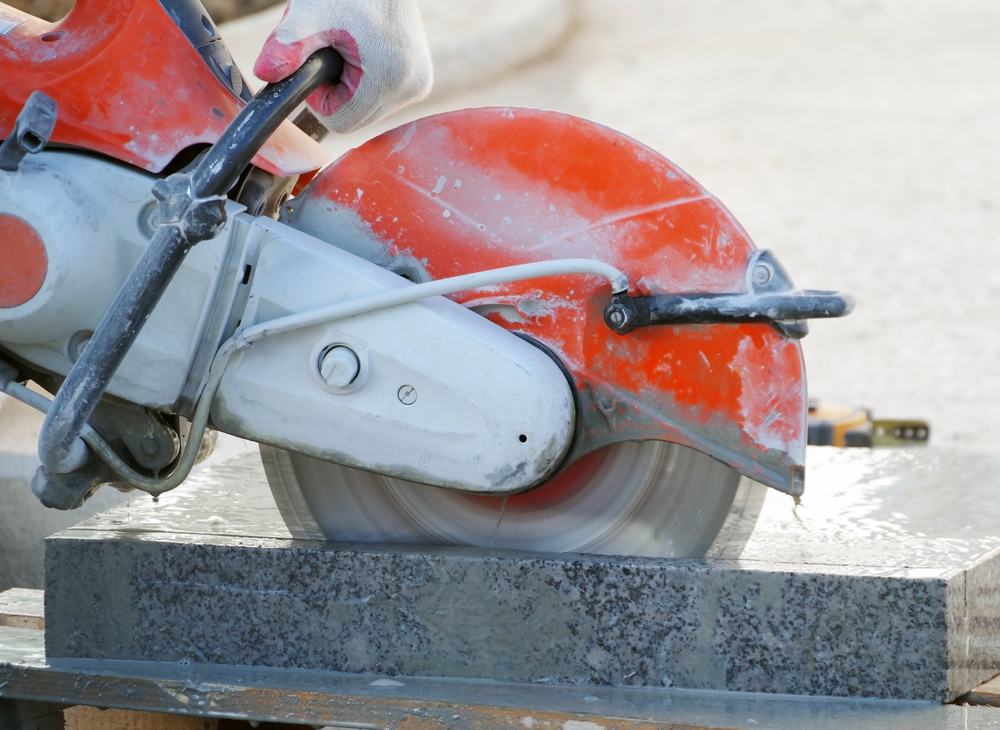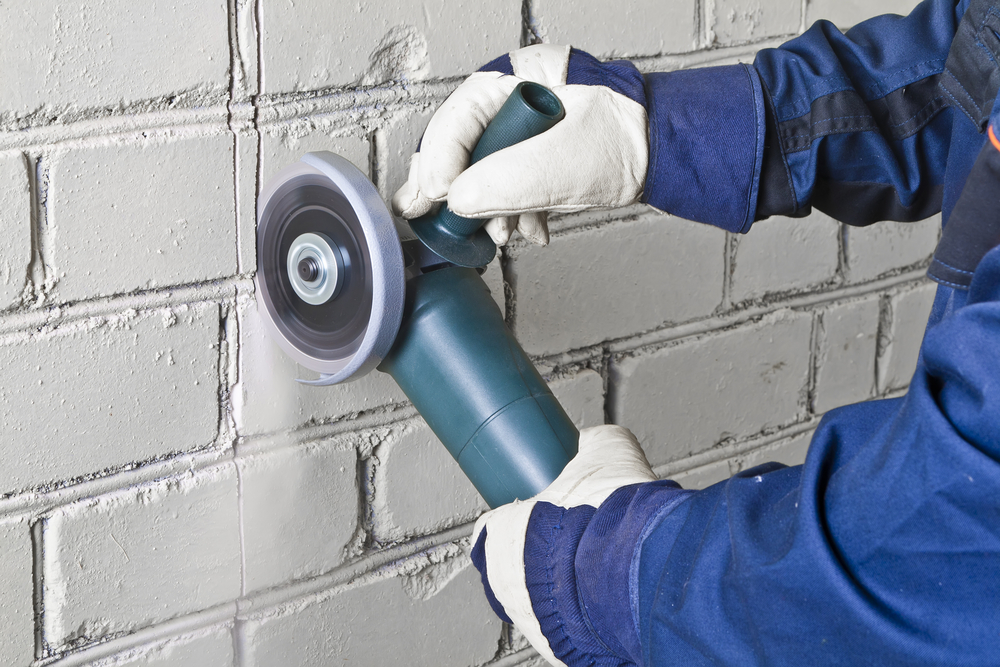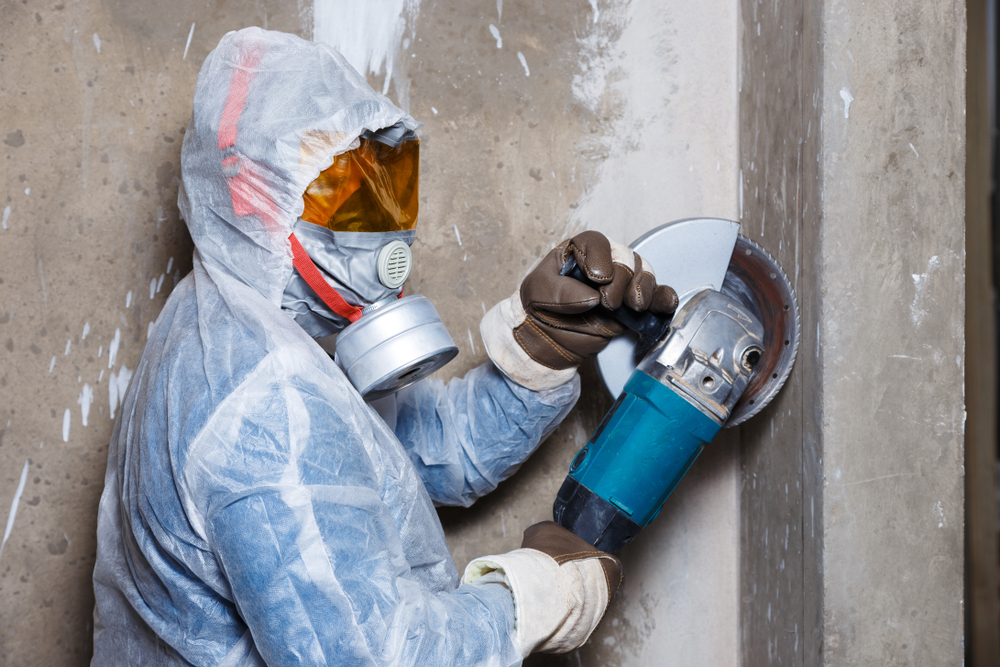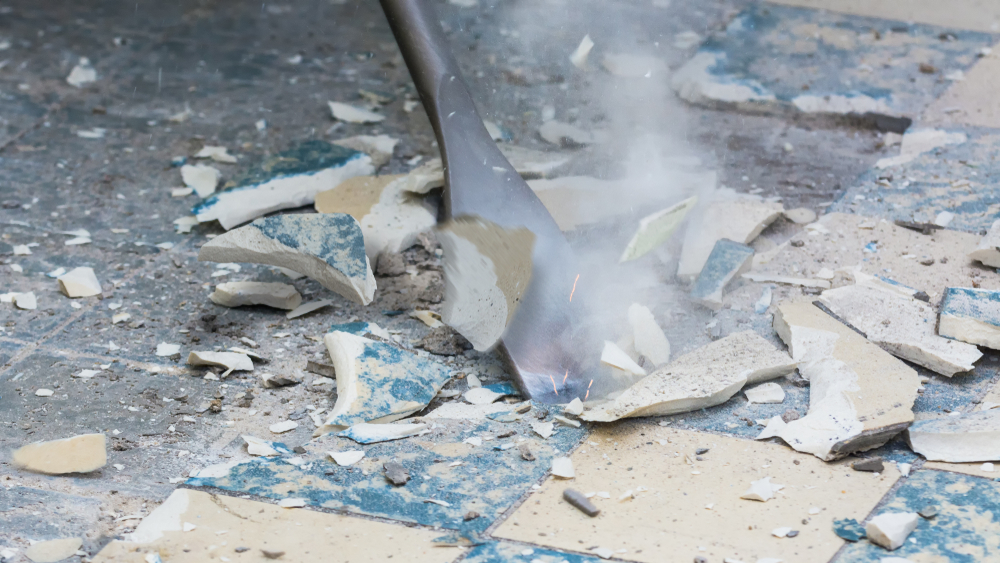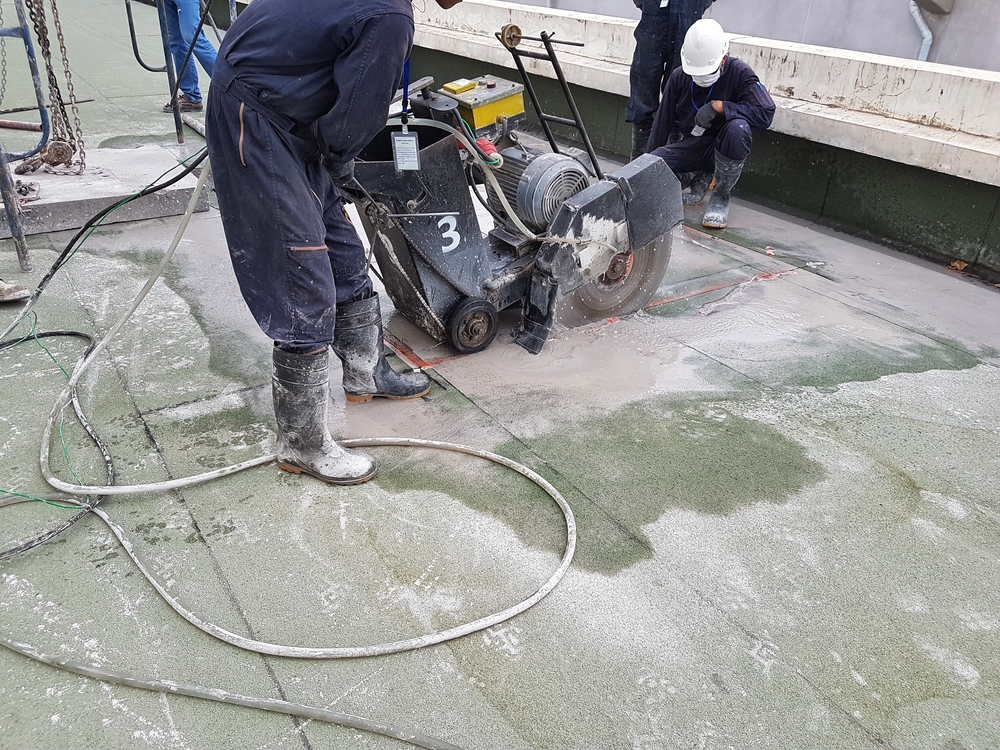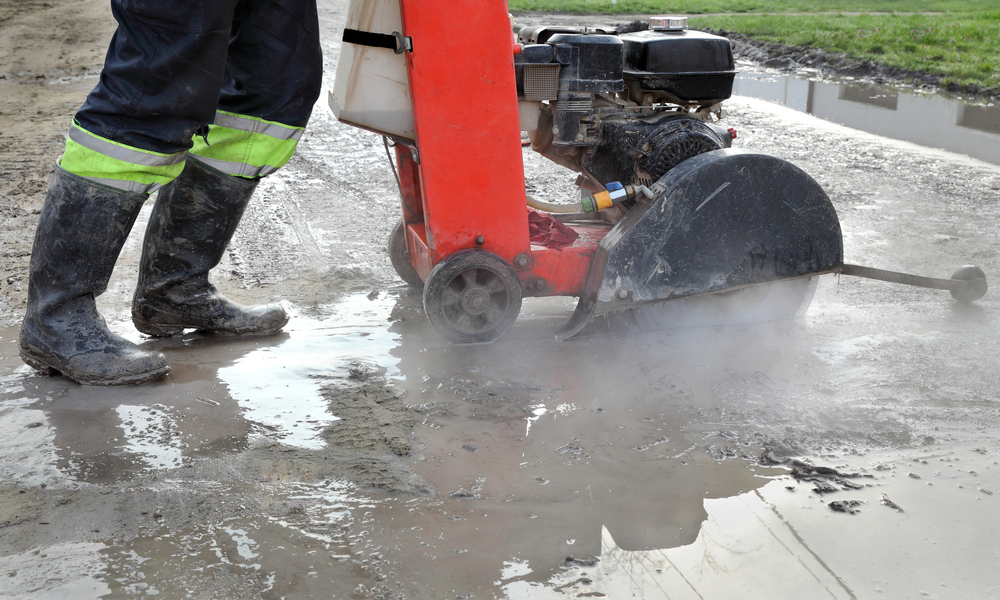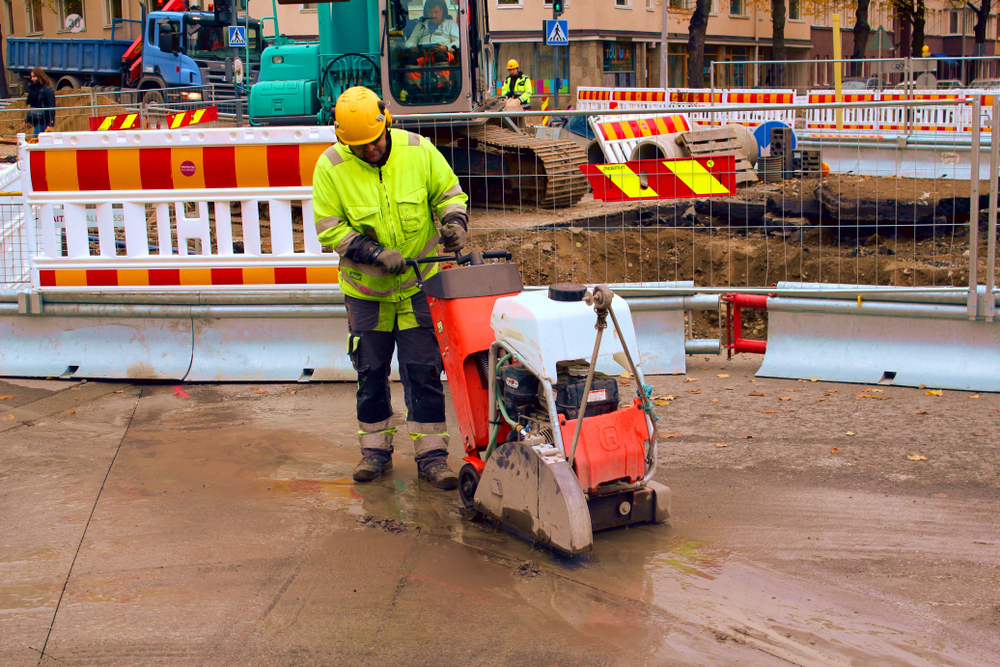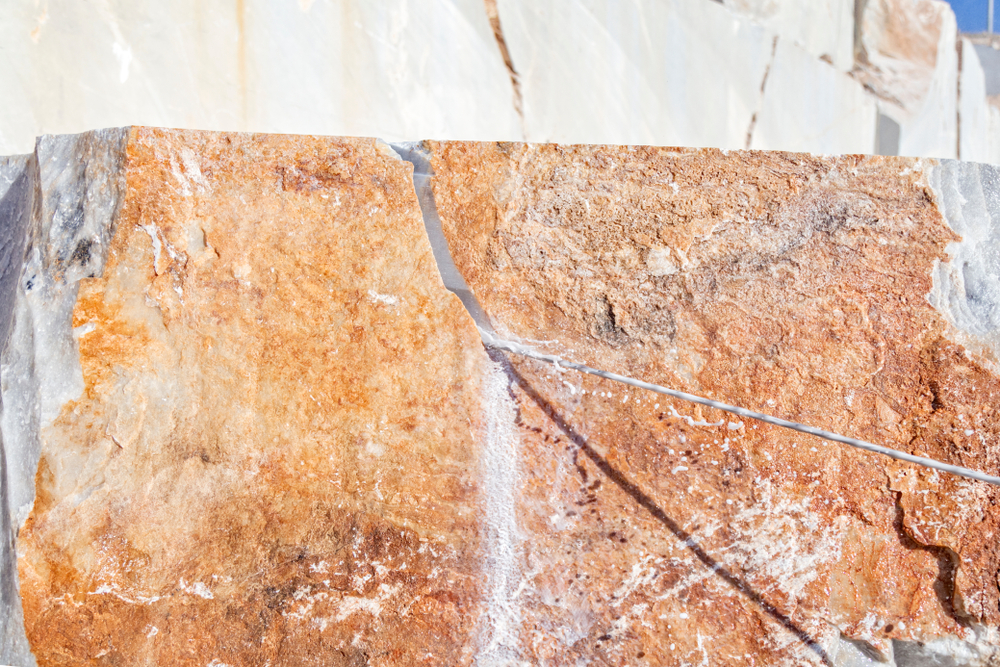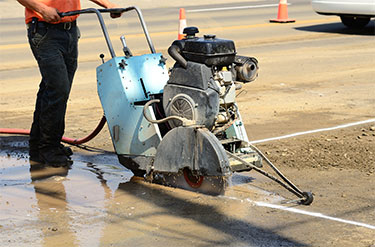Are you planning a concrete cutting job? Do you need to learn more to see if you are capable of doing this on your own?
If your answer to the above questions is a resounding yes, you have come to the right place.
Concrete surfaces, including floors, are usually hard to cut through. However, with the right preparation, this highly demanding task can be much easier to accomplish.
Read on below to find out what is required to cut concrete floors.
Choose The Right Concrete Cutting Saw
The first and probably most important step in cutting concrete involves choosing the right concrete cutting saw.
There are many different types of concrete cutting saws available out there, from wet and dry variants to handheld and walk-behind saws among others.
While walk behind saws are great for large scale concrete cutting jobs, the handheld variety is best suited to making shorter superficial cuts in concrete.
Wet saws are great at minimising the amount of dust produced during the concrete cutting process, while dry saws do not require the use of water; eliminating the likelihood of the production of messy slurry.
Before the commencement of any concrete cutting job, be sure to choose the right saw from the variety that’s available.
Get The Right Blade For The Task At Hand
Once you have settled on the right type of concrete cutting saw for the task at hand, the next step is to choose the most appropriate blade.
Choosing the right blade will not only ensure that you get the job done faster but also at a lower overall cost.
Diamond blades are the most popular and effective blades for concrete cutting. While these blades are costlier than abrasive type blades, they cut faster and longer.
If you are looking to cut long stretches of concrete, diamond blades are definitely the way to go.
It is also worth noting that while dry blades can be used for wet or dry concrete cutting, wet blades can only be used for wet cutting applications.
Mark The Area To Be Cut
To keep your cuts as accurate as possible, it is recommended that you properly mark the area to be cut. Use chalk to clearly draw a line through the area you want to cut.
For wet cutting jobs, use a crayon, which is harder to wash off, to mark the area to be cut.
Gear Up
Concrete cutting applications expose you to a variety of risks. For starters, concrete cutting leads to the production of huge amounts of toxic crystalline silica dust and small concrete particles.
Therefore, it goes without saying that you need to protect yourself by using the right protective gear.
Safety goggles, earplugs and dust mask respirators are necessary not only for the concrete cutter but also for anyone else who will be in the area during the cutting work.
Start Cutting
Once you have completed all of the above steps, you will be ready to cut concrete.
Concrete cutting saws, whether electric or diesel-powered, tend to be quite powerful; as such, there is no need for you to force the blade into the concrete surface.
All you need to do is guide the blade along the marked area.
Forcing the blade increases the likelihood of overheating. Also remember to set, and keep, the blade running at low RPM to keep it from overheating.
Conclusion
Cured concrete is quite hard to cut through. However, with the right equipment and knowledge, this challenging job can be much easier to get done.
Diamond blades are the most effective and long-lasting when it comes to concrete cutting jobs involving expansive floors.
The hazardous nature of the crystalline dust produced during concrete cutting jobs means the use of protective gear for all involved is essential.
When the cutting begins, the trick is to allow the saw to do all the heavy lifting, while you as the cutter gently guide it along the area to be cut.
If you are looking for a specialist concrete cutting company who uses only the best practices to get the job done right, then please call us at Megasaw on 1300 920 419 or contact us through our website.

